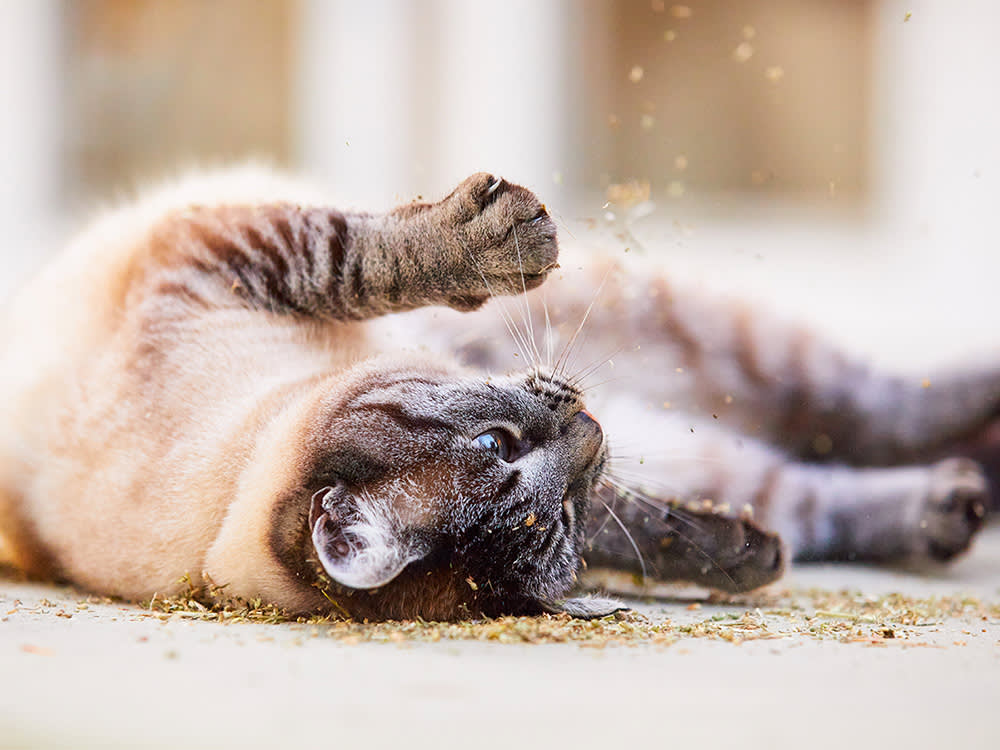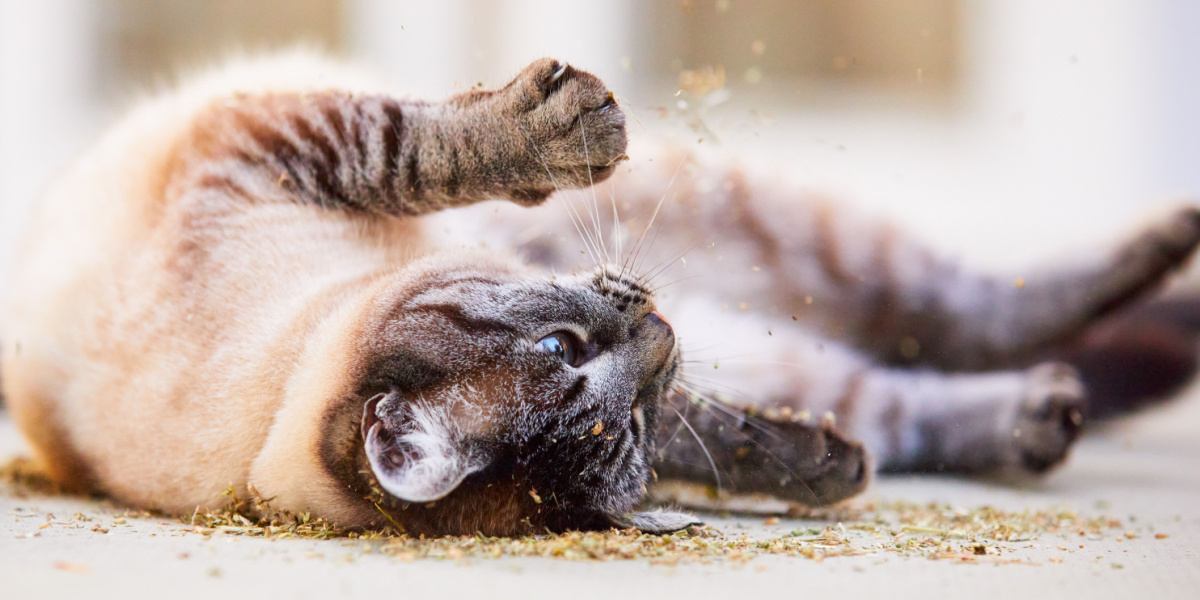Catnip – a simple plant from the mint family that has a fascinating effect on feline friends. You’ve probably witnessed your furry companion’s unique reaction to this herb, but have you ever wondered why cats love to roll around in catnip? In this article, we delve into the mysterious allure of catnip and explore the science behind this peculiar behavior.
The Science Behind Catnip’s Effect
Catnip, scientifically known as Nepeta cataria, contains a compound called nepetalactone that triggers a behavioral response in cats. This compound acts as a stimulant, activating the sensory receptors in a cat’s nose, mouth, and even ears, producing a euphoric sensation. The scent of catnip is irresistible to most cats, and they become captivated by its effects.
When a cat sniffs or chews on catnip, the nepetalactone molecules bind to the receptors in their sensory neurons, ultimately causing a series of reactions. These reactions include increased heart rate, dilated pupils, and a distinct change in behavior. Cats may exhibit different responses, such as rolling around, jumping, or rubbing against objects.
The Role of Catnip in a Cat’s Life
Rolling around in catnip is a natural and instinctual behavior for cats. It acts as a form of sensory enrichment and mental stimulation. The unique scent of catnip triggers a cat’s hunting instinct, mimicking the experience of encountering prey in the wild. Rolling around allows cats to release pent-up energy, engage their muscles, and fulfill their natural predatory instincts.
Moreover, interacting with catnip provides cats with a sensory experience that can be both calming and enjoyable. Rolling in catnip serves as a means of self-soothing, offering a temporary escape from stress and anxiety. It can also serve as a form of social interaction, as cats may rub against the catnip or engage in playful behavior with other feline companions.

Credit: www.thedodo.com
Not All Cats Respond to Catnip
While approximately 70-80% of cats have a genetic predisposition to respond to catnip, it is important to note that not all cats show interest in this herb. The sensitivity to catnip is hereditary and is generally observed in kittens older than three months. If your cat does not respond to catnip, it is simply due to their genetic makeup.
Alternatively, some cats may exhibit an opposite reaction to catnip. Rather than becoming excited and playful, they may appear calm or sedated. This response is believed to be related to how the cat’s brain processes the nepetalactone compound.
Alternatives to Catnip
If catnip does not have any effect on your feline companion or if you want to provide additional sensory enrichment, there are a few alternatives worth exploring:
| Alternative | Description |
|---|---|
| Valerian Root | Similar to catnip, valerian root produces a stimulating effect on some cats, encouraging play and exercise. |
| Silver Vine | Silver vine is a popular plant in Asia that elicits a response in cats similar to that of catnip. |
| Honeysuckle | Honeysuckle wood or dried honeysuckle blossoms can provide an alternative source of feline enjoyment. |

Credit: www.thewildest.com
Frequently Asked Questions For Why Do Cats Love To Roll Around In Catnip
Why Do Cats Love To Roll Around In Catnip?
Cats roll in catnip because it stimulates their sensory receptors, leading to feelings of euphoria and relaxation. It’s a natural instinct and a way for them to play and relieve stress.
Conclusion
Catnip remains a fascinating and cherished herb among cat owners worldwide. Understanding the science behind catnip’s effect and the role it plays in a cat’s life adds to the wonder of this peculiar behavior. So, the next time you offer your feline friend a pinch of catnip and they happily roll around in ecstasy, remember that it’s their natural instincts at play.

Leave a Reply